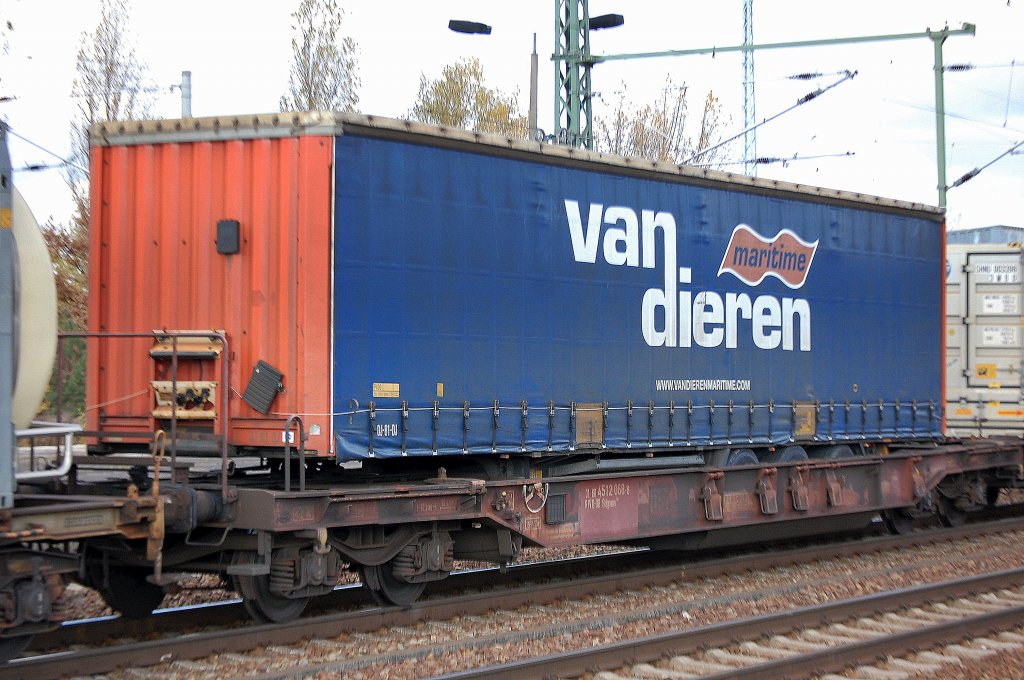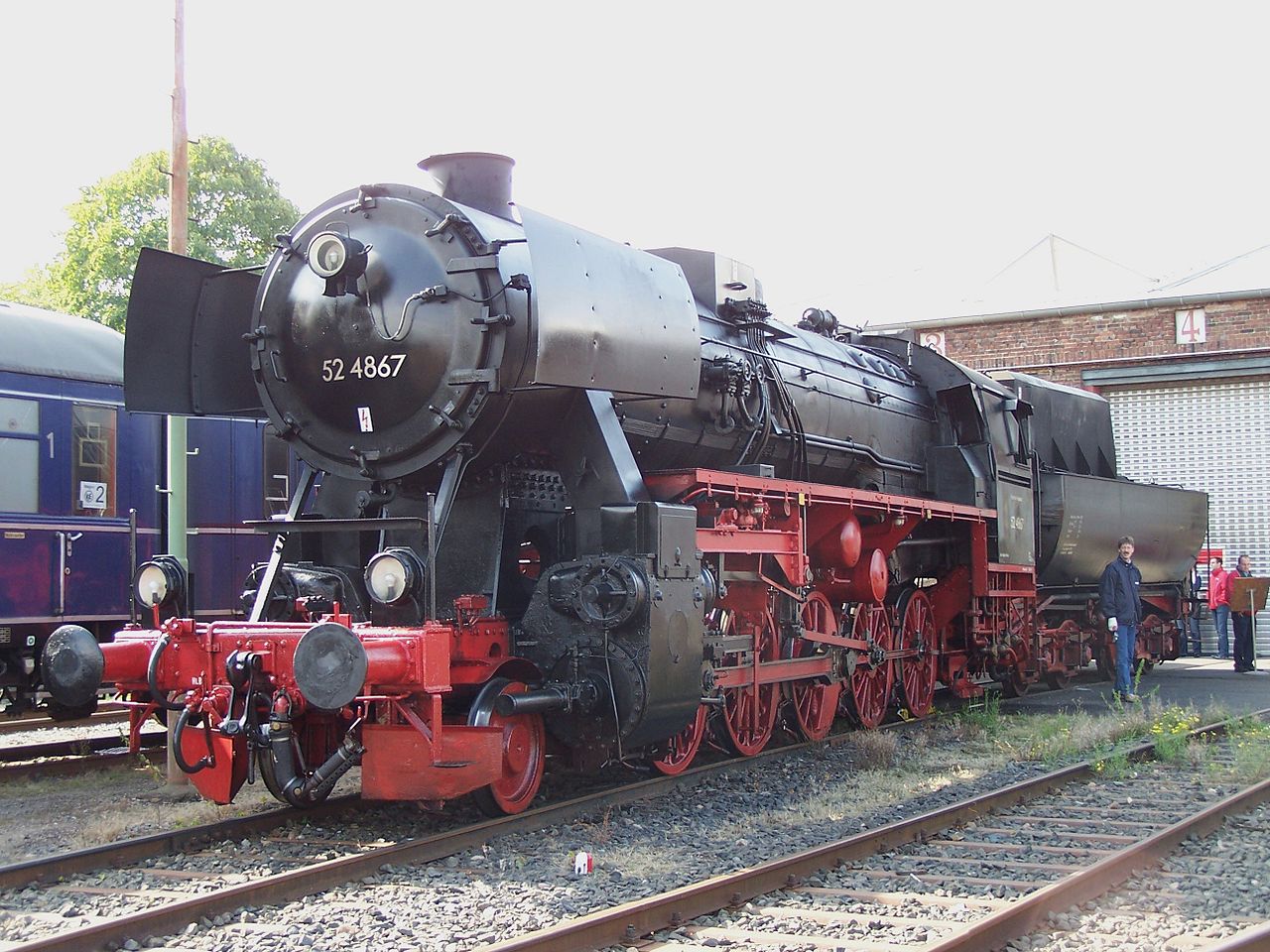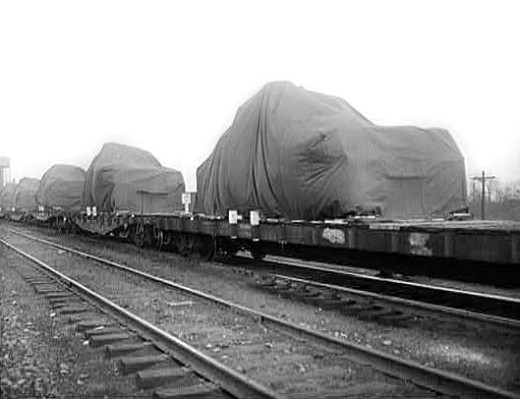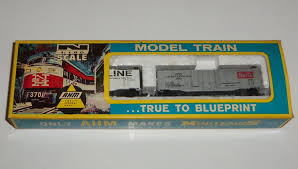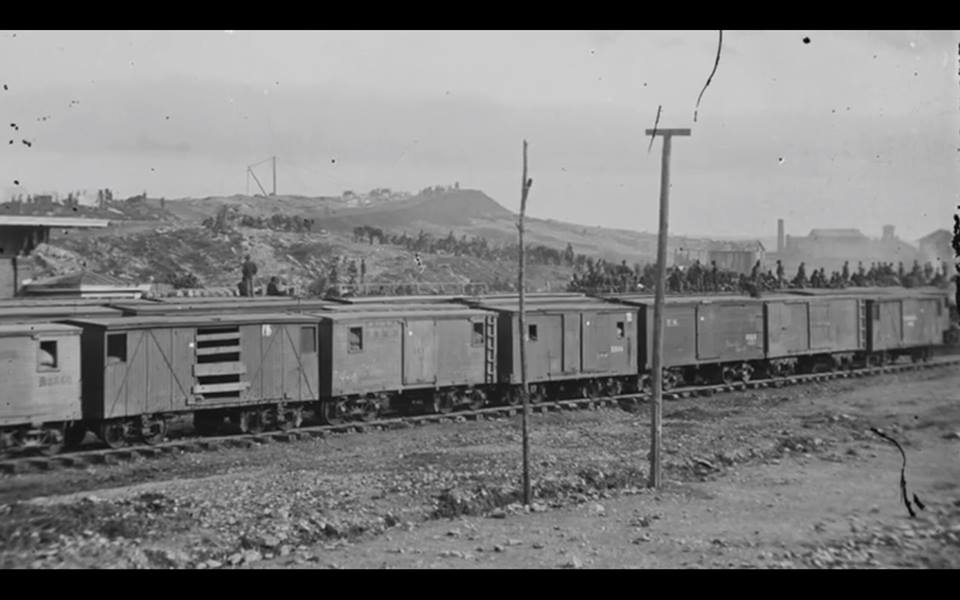History: Crocodile (German Krokodil) electric locomotives are so called because they have long "noses" at each end, reminiscent of the snout of a crocodile (see also Steeplecab). These contain the motors and drive axles, and are connected by an articulated center section. The center section usually contains the crew compartments, pantographs and transformer.
A prototype locomotive, SBB-CFF-FFS Ce 6/8 I number 14201, was ordered in June 1917. The production "Crocodiles" were the series SBB Ce 6/8 II and SBB Ce 6/8 III locomotives of the SBB, Swiss Federal Railways, built between 1919 and 1927. There were 33 class Ce 6/8 II and 18 class Ce 6/8 III, making a total (excluding the prototype) of 51 locomotives. These locomotives were developed for pulling heavy goods trains on the steep tracks of the Gotthardbahn from Lucerne to Chiasso, including the Gotthard Tunnel.
The electric motors available at the time were large and had to be body-mounted above the plane of the axles, but flexibility was required to negotiate the tight curves on the Alpine routes and tunnels. An articulated design, with two powered nose units bridged with a pivoting center section containing cabs and the heavy transformer, met both requirements and gave excellent visibility from driving cabs mounted safely away from any collision. The two motors in each nose unit were geared to a jackshaft between the drive axles farthest from the cab, with side rods carrying the power to the drivers. These locomotives, sometimes called the "Swiss Crocodile" or "SBB Crocodile", were highly successful and served until the 1980s. Märklin published a book about their history in 1984. Several are still in operation as preserved historical locomotives.
From Wikipedia
A prototype locomotive, SBB-CFF-FFS Ce 6/8 I number 14201, was ordered in June 1917. The production "Crocodiles" were the series SBB Ce 6/8 II and SBB Ce 6/8 III locomotives of the SBB, Swiss Federal Railways, built between 1919 and 1927. There were 33 class Ce 6/8 II and 18 class Ce 6/8 III, making a total (excluding the prototype) of 51 locomotives. These locomotives were developed for pulling heavy goods trains on the steep tracks of the Gotthardbahn from Lucerne to Chiasso, including the Gotthard Tunnel.
The electric motors available at the time were large and had to be body-mounted above the plane of the axles, but flexibility was required to negotiate the tight curves on the Alpine routes and tunnels. An articulated design, with two powered nose units bridged with a pivoting center section containing cabs and the heavy transformer, met both requirements and gave excellent visibility from driving cabs mounted safely away from any collision. The two motors in each nose unit were geared to a jackshaft between the drive axles farthest from the cab, with side rods carrying the power to the drivers. These locomotives, sometimes called the "Swiss Crocodile" or "SBB Crocodile", were highly successful and served until the 1980s. Märklin published a book about their history in 1984. Several are still in operation as preserved historical locomotives.
From Wikipedia
Railroad/Company: This set of items is comprised of more than one name. Please look at the component items for details on the specific roadnames and/or manufacturers.
Item Links: We found: 2 different collections associated with Rail - Locomotive - Crocodile
- Collection N Scale Model Trains: 20 different items.
- Collection Z Scale Trains: 3 different items.
Item created by: gdm on 2018-05-25 08:36:15
If you see errors or missing data in this entry, please feel free to log in and edit it. Anyone with a Gmail account can log in instantly.
If you see errors or missing data in this entry, please feel free to log in and edit it. Anyone with a Gmail account can log in instantly.



